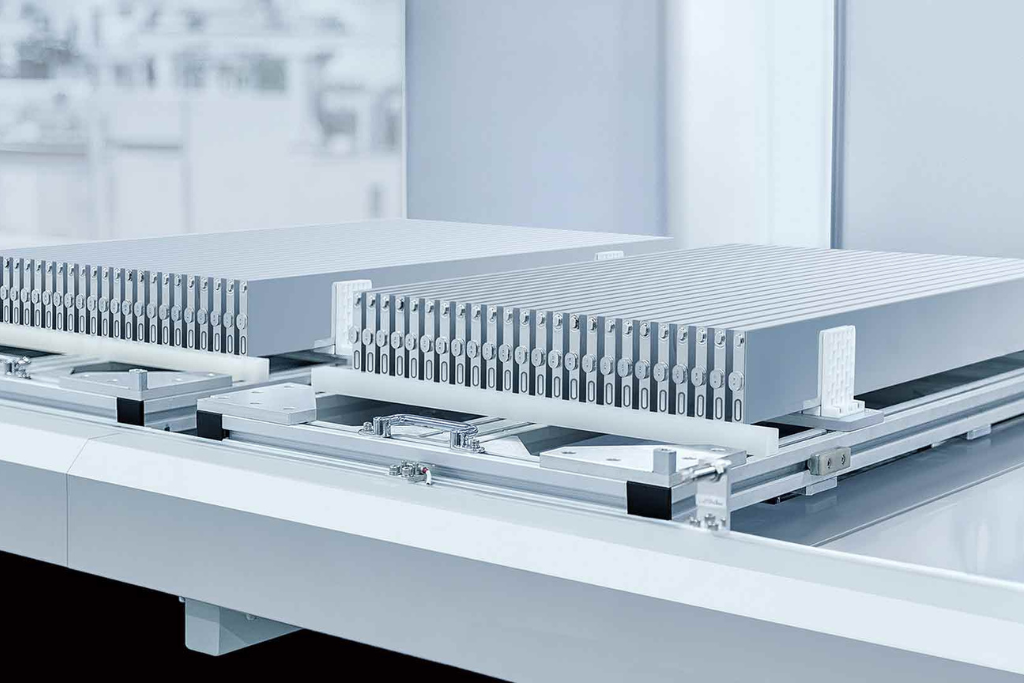The Asia-Pacific region is witnessing an unparalleled transformation, marking its territory as the leader in the electric vehicle (EV) parts market. This growth trajectory is powered by a unique blend of supportive government policies, technological advancements, and an increasing shift toward sustainable transportation solutions. “Empowering the Electric Future: Asia-Pacific’s Rise in the EV Parts Market” is not just a catchphrase but a reality that’s unfolding at an impressive pace.
Government Initiatives Paving the Way
At the heart of Asia-Pacific’s EV market expansion are comprehensive government initiatives across China, Japan, India, and Southeast Asia. These efforts range from tax exemptions and subsidies to ambitious policies aimed at phasing out fuel-powered vehicles. For instance, China’s aggressive push towards electrification, aiming for electric vehicles to constitute up to 25% of car sales by 2025, has positioned it as a global leader in the EV domain. Meanwhile, India’s policies, such as FAME and FAME II, incentivize EV adoption, showcasing the government’s commitment to sustainable mobility.
Technological Innovations and Market Dynamics
Innovation is at the forefront of Asia-Pacific’s dominance in the EV parts market. Countries like China and Japan are leading the charge, with significant investments in R&D and partnerships aimed at developing advanced electric mobility solutions. The region’s focus on enhancing EV range through lightweight components and expanding battery manufacturing capabilities highlights its proactive approach to catering to the burgeoning demand for EV parts and components.
Strategic Partnerships and Investments
The synergy between governments and industry players in the Asia-Pacific is evident through strategic partnerships and investments. The collaboration between Volkswagen and Bosch for battery cell production, and Tata AutoComp’s localization of EV parts, exemplify how alliances are driving the market forward. Moreover, foreign investments in China’s EV industry, reaching billions of dollars, underscore the market’s potential and investor confidence in Asia-Pacific’s EV growth.
Challenges and Opportunities
Despite the optimism, the Asia-Pacific EV parts market faces challenges such as achieving total cost of ownership parity and overcoming supply chain readiness hurdles. However, these challenges are met with opportunities, including the increasing adoption of electric mobility and the expansion of EV and battery manufacturing capabilities. The region’s ability to address these challenges head-on is a testament to its resilience and innovative spirit.
Conclusion: A Hub for EV Innovation and Growth
The Asia-Pacific region stands as a beacon of progress in the global EV market, with its impressive growth, supportive policies, and technological advancements. “Empowering the Electric Future: Asia-Pacific’s Rise in the EV Parts Market” captures the essence of this dynamic market, highlighting the pivotal role the region plays in shaping the future of electric mobility. As the EV market continues to evolve, the Asia-Pacific region is undoubtedly leading the way, offering insights, opportunities, and solutions that resonate worldwide.
For further insights into Asia-Pacific’s electric vehicle ecosystem and market dynamics, explore the detailed analyses provided by McKinsey and Business Wire.


